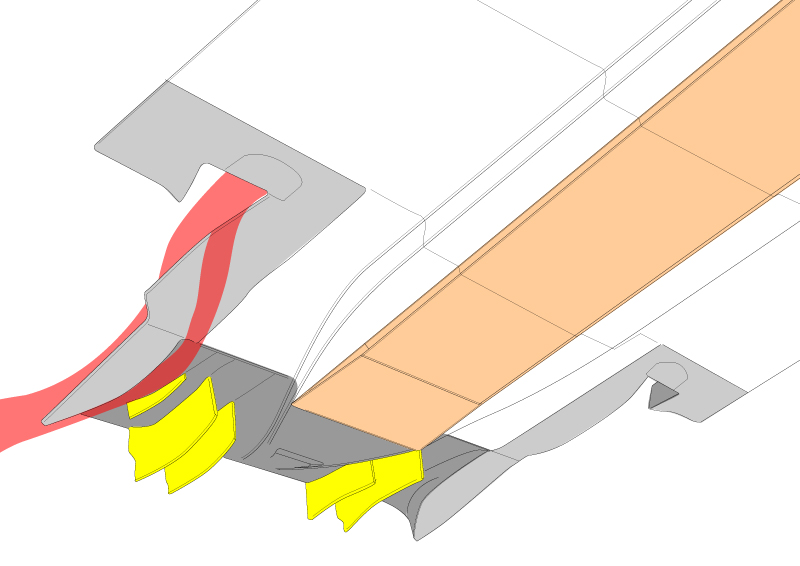tranquility2k9
Podium Finisher
Interesting report on possible cause of Vettel's tyre failure in Abu Dhabi:-
"Vettel's tire blew because of exhaust gasses during (pre)launch sequence. RB using it to warm rear tire sidewalls, something failed"
"Vettel's tire blew because of exhaust gasses during (pre)launch sequence. RB using it to warm rear tire sidewalls, something failed"



